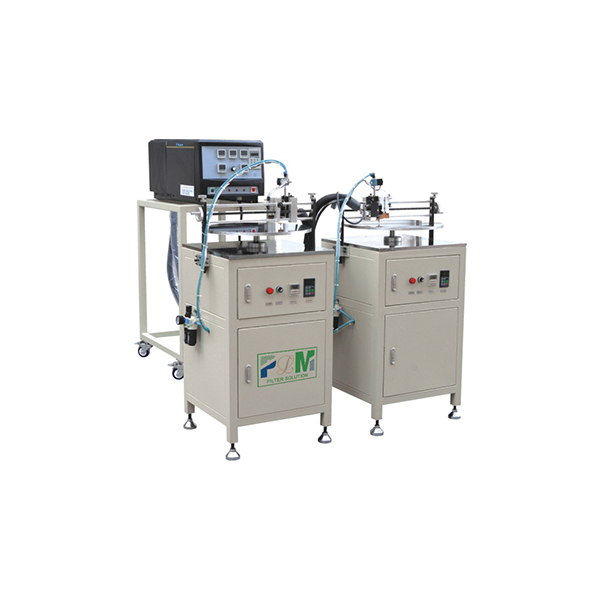Nov . 26, 2024 21:19 Back to list
Water Management Solutions for Battery Maintenance and Equipment Efficiency
Understanding the Importance of Battery Water Equipment in the Maintenance of Lead-Acid Batteries
Battery water equipment plays a crucial role in the effective maintenance and longevity of lead-acid batteries, which are widely used in various applications, from automotive to renewable energy storage. One of the primary concerns with lead-acid batteries is the management of electrolyte levels, which largely consist of diluted sulfuric acid mixed with distilled water. Regularly monitoring and replenishing the water in these batteries is essential for optimal performance, and this is where battery water equipment comes into play.
The Role of Water in Lead-Acid Batteries
Lead-acid batteries operate by converting chemical energy into electrical energy through reactions involving lead dioxide (positive plate), sponge lead (negative plate), and an electrolyte solution. As these batteries undergo charging and discharging cycles, a certain amount of water evaporates or is consumed in the electrochemical processes. Without adequate water levels, the electrolyte can become too concentrated, leading to sulfation of the lead plates, increased internal resistance, and ultimately reduced battery capacity and lifespan.
Battery Water Equipment Types and Functions
To ensure the proper maintenance of lead-acid batteries, various types of battery water equipment are available. Here are a few essential tools
1. Battery Water Fillers These devices allow for precise and controlled filling of distilled water into battery cells. Most modern battery water fillers are designed to minimize spills and overfilling, ensuring that the water reaches the optimal level and does not saturate the battery cells, which can lead to electrolyte overflow when the battery is charged.
2. Water Level Indicators These are often integrated into battery designs or can be purchased as standalone devices. They provide a visual or electronic way to monitor the electrolyte level within the battery. Maintaining an adequate water level is crucial, and these indicators help users avoid using batteries with insufficient electrolyte.
3. Automated Watering Systems For larger battery banks, particularly in industrial or commercial settings, automated watering systems can be a significant investment. These systems automatically add the required amount of distilled water to each cell when needed, ensuring a consistent electrolyte level without manual intervention.
battery water equipment product

4. Portable Distilled Water Containers Having a supply of distilled water on hand is crucial for battery maintenance. Portable containers designed for easy handling and dispensing of distilled water can facilitate quick and efficient watering of batteries.
Best Practices for Battery Maintenance
Using battery water equipment effectively involves implementing best practices for battery maintenance. Here are some key considerations
- Regular Inspections Schedule routine checks of your batteries, including inspection of the water levels. It's advisable to check levels at least once a month, though intervals may vary based on usage and environmental conditions.
- Use Distilled Water It is vital to use only distilled or deionized water when topping up the electrolyte levels. Tap water contains impurities and minerals that can deteriorate the battery’s performance and lead to premature failure.
- Avoid Overfilling Overfilling can lead to electrolyte spillage during charging, which may cause corrosion and damage to both the battery and surrounding equipment. Using battery water fillers with auto-stop features can help mitigate this risk.
- Discharge Management Take care not to allow lead-acid batteries to discharge completely, as this can lead to permanent damage. Maintaining proper discharge levels also aids in keeping the electrolyte concentration balanced.
Conclusion
The significance of battery water equipment cannot be overstated in the context of lead-acid battery maintenance. With appropriate tools and practices, the life expectancy and efficiency of batteries can be greatly improved. As industries and consumers alike continue to rely on lead-acid batteries for various applications, investing in the right battery water equipment is not just a best practice but a necessity for ensuring maximum performance and reliability. By staying proactive about battery maintenance, users can minimize downtime and extend the life of their battery systems, ultimately leading to cost savings and environmental benefits.
-
High Strength Orange PU Glue for Versatile Bonding Solutions
NewsJul.26,2025
-
Active Carbon Air Filter for Air Purifier – Efficient Odor & Allergen Removal
NewsJul.25,2025
-
Active Carbon Air Filter for Air Purifier – Superior Odor & Allergen Removal
NewsJul.24,2025
-
High-Efficiency Active Carbon Air Filter for Air Purifier | Odor & Allergen Removal
NewsJul.23,2025
-
Active Carbon Air Filter for Air Purifier – High Efficiency Filtration Solution
NewsJul.22,2025
-
Durable Sintered Porous Metal Filter Tube Cup & Machines
NewsJul.22,2025
